When a patient switches from a brand-name drug to a generic version, most people assume it’s the same thing-same active ingredient, same effect, same safety. But what if it’s not? What if the patient starts having strange side effects-rashes, dizziness, nausea-that didn’t happen before? That’s when adverse event reporting becomes critical. And in that moment, the pharmacist isn’t just filling a prescription. They’re the last line of defense in catching a safety issue before it harms someone else.
Why Generic Medications Need Special Attention
Generic drugs are required to have the same active ingredient, strength, and dosage form as their brand-name counterparts. That’s the law. But here’s the catch: they don’t have to match the brand-name drug in every single excipient-the inactive ingredients like fillers, dyes, or preservatives. These might seem harmless, but they can trigger reactions in sensitive patients. A 2022 study in the Journal of the American Pharmacists Association found that 1 in 5 patients reported unexpected side effects after switching to a generic, and nearly half of those cases were never documented or reported. Pharmacists are often the first to notice these patterns. A patient walks in, says, “This new pill makes me feel weird,” and the pharmacist checks the label. Same active ingredient. Same dose. But the manufacturer? Different. The color? Different. The binder? Different. That’s when the pharmacist’s clinical training kicks in. They don’t just see a pill. They see a potential safety signal.What Exactly Is an Adverse Event?
An adverse drug reaction (ADR) is defined by the Ontario College of Pharmacists as any harmful, unintended effect from using a medication. It’s not just the common nausea or drowsiness you expect. It’s the serious stuff: hospitalization, life-threatening reactions, permanent disability, or even death. But even non-serious reactions matter-if they’re unexpected. A rash after taking a generic version of a drug you’ve taken for years? That’s not normal. That’s a red flag. The FDA’s Adverse Event Reporting System (FAERS) is the main database tracking these reports. Since 1968, it’s collected over 24 million reports. But here’s the sobering part: experts estimate that less than 1% of actual adverse events are ever reported. Health Canada says only 5-10% of ADRs make it into official systems. That means for every 100 people who have a bad reaction, only 5 to 10 people’s cases are documented. And for generics? The numbers are likely even lower because everyone assumes they’re identical.Pharmacists Have a Legal and Ethical Duty
In some places, reporting isn’t optional-it’s required. In British Columbia, the Health Professions Act Bylaws say pharmacists must notify the patient’s doctor, update the PharmaNet record, and report the reaction directly to Health Canada. That’s not a suggestion. That’s the law. In New Jersey, consultant pharmacists must report adverse events and medication errors within the same shift. In most other U.S. states, there’s no federal mandate for pharmacists to report-but the FDA strongly urges it. And if you’re a pharmacist, you’re expected to know the difference between a side effect and a true adverse event. You’re trained to recognize patterns. You’re the one who sees the same drug prescribed to 20 different people. If three of them report the same weird symptom? That’s not coincidence. That’s data. The American Society of Health-System Pharmacists (ASHP) says pharmacists have the knowledge and expertise to lead ADR monitoring programs. That’s because you understand drug mechanisms. You know how a drug behaves in the body. You know which ingredients might trigger allergies. You know what a patient’s history looks like. No one else on the care team has that full picture.Why So Many Pharmacists Don’t Report
It’s not that pharmacists don’t care. It’s that reporting is hard. A 2021 survey by the National Community Pharmacists Association found that 78% of pharmacists spend 15 to 30 minutes on a single adverse event report. That’s time they don’t have. Most community pharmacies are already stretched thin. Filling prescriptions, counseling patients, managing insurance issues-it’s a constant rush. Adding a 20-minute paperwork task? It’s easy to push it off. There’s also confusion. Is this really an adverse reaction? Or just a common side effect? Is it the drug or something else? A patient might say, “I feel tired,” but they also started a new antidepressant last week. The pharmacist has to untangle that. That’s why training matters. The British Columbia Pharmacists Association says lack of awareness is a major reason reports are missed. Pharmacists need clear guidelines on what counts as reportable-and how to do it quickly.How to Report: A Simple Step-by-Step Guide
You don’t need to be an expert in regulatory systems. Here’s how to do it right:- Recognize the signal. Did the patient have a new, unexpected reaction after switching to a generic? Did multiple patients report the same issue with the same generic brand? That’s your trigger.
- Document everything. Write down the patient’s name (or initials if privacy is a concern), the drug name (brand and generic), the manufacturer, the dose, when it started, what symptoms occurred, and how long they lasted. Include any other medications they’re taking.
- Report it. In the U.S., use the FDA’s MedWatch Online portal. It takes about 10 minutes. In Canada, use Health Canada’s online form. If you’re in a hospital, use your EHR’s built-in reporting tool.
- Follow up. Tell the prescriber. Update the patient’s record. If the reaction was serious, consider switching them back to the brand or another generic.
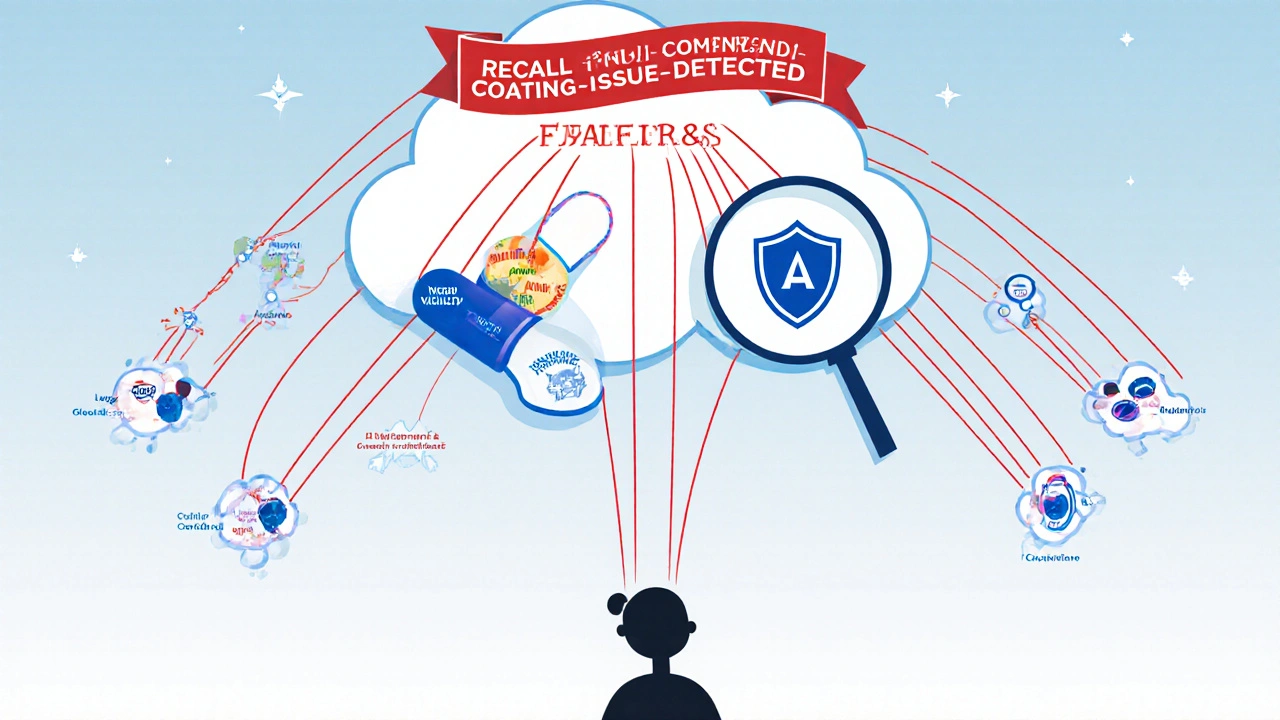
What Happens After You Report?
Your report goes into FAERS or Health Canada’s system. It’s not just a form. It’s a piece of a larger puzzle. When enough reports pile up around a specific generic manufacturer, regulators start looking. They might test the product for bioequivalence. They might check for contamination. They might issue a safety alert. In 2021, after dozens of reports of severe headaches and nausea linked to a specific generic version of a blood pressure drug, the FDA investigated. Turns out, the manufacturer had changed the coating on the tablet. That coating was interacting with the active ingredient, causing a chemical shift. The drug was recalled. That wouldn’t have happened without pharmacists reporting.The Future Is Changing-Fast
Right now, only a few places like British Columbia treat ADR reporting as a legal duty. But that’s changing. The FDA’s Sentinel Initiative is now pulling data from community pharmacies to monitor drug safety in real time. The European Medicines Agency made reporting mandatory for all healthcare professionals in 2012-and reports jumped by 220%. Analysts predict that by 2025, 75% of U.S. states will follow suit. Why? Because the data proves it works. Pharmacist-led reporting initiatives have increased documentation by 37% in community pharmacies. That’s not just paperwork. That’s lives saved.It’s Not Just About Compliance. It’s About Trust.
Patients trust pharmacists. They come to you when something feels off. They don’t go to the doctor first-they come to the pharmacy. That trust means you’re in the best position to catch problems early. You’re not just a dispenser of pills. You’re a safety monitor. You’re the one who notices when a generic doesn’t behave like it should. And if you don’t report it, no one else will. Every report you file adds to the evidence. It helps regulators spot dangerous patterns. It helps manufacturers fix their products. It helps other patients avoid the same reaction. The next time a patient says, “This new pill isn’t right,” don’t brush it off. Don’t assume it’s just a side effect. Don’t wait for someone else to report it. Write it down. Report it. You might just stop the next drug safety crisis before it starts.Do pharmacists have to report adverse events by law?
In some jurisdictions, yes. For example, British Columbia legally requires pharmacists to report adverse drug reactions to Health Canada. In most U.S. states, there’s no federal mandate, but the FDA strongly encourages reporting of serious adverse events. Even where it’s not required by law, professional ethics and clinical responsibility make it a core part of pharmacy practice.
What if I’m not sure if a reaction is serious enough to report?
When in doubt, report it. The FDA defines serious adverse events as those that result in death, hospitalization, disability, congenital anomalies, or require medical intervention to prevent permanent harm. But even unexpected, non-serious reactions matter-especially if they’re unusual for that drug. Reporting a pattern of minor reactions can help identify early safety signals before they become major problems.
How long does it take to file an adverse event report?
Using the FDA’s MedWatch Online system, most reports take 10 to 15 minutes to complete. Some pharmacy management systems now have built-in reporting tools that reduce this to under 5 minutes. The time investment is small compared to the potential impact on patient safety.
Can pharmacists report adverse events for generics even if the patient didn’t switch brands?
Yes. A patient might be on a generic for months and suddenly develop a reaction due to a change in manufacturer or formulation. Generic drugs are not all identical-even if they have the same active ingredient. Differences in excipients or manufacturing processes can cause unexpected reactions. Pharmacists should report any new, unexplained adverse event linked to a generic medication, regardless of how long the patient has been taking it.
What if the patient doesn’t want me to report their information?
Patient privacy is important, but patient safety comes first. You can report the adverse event without including the patient’s full name-using initials or a case number is acceptable in most systems. Explain to the patient that the report is confidential and used to improve drug safety for everyone. Most patients understand and support this when they realize their report could prevent harm to others.

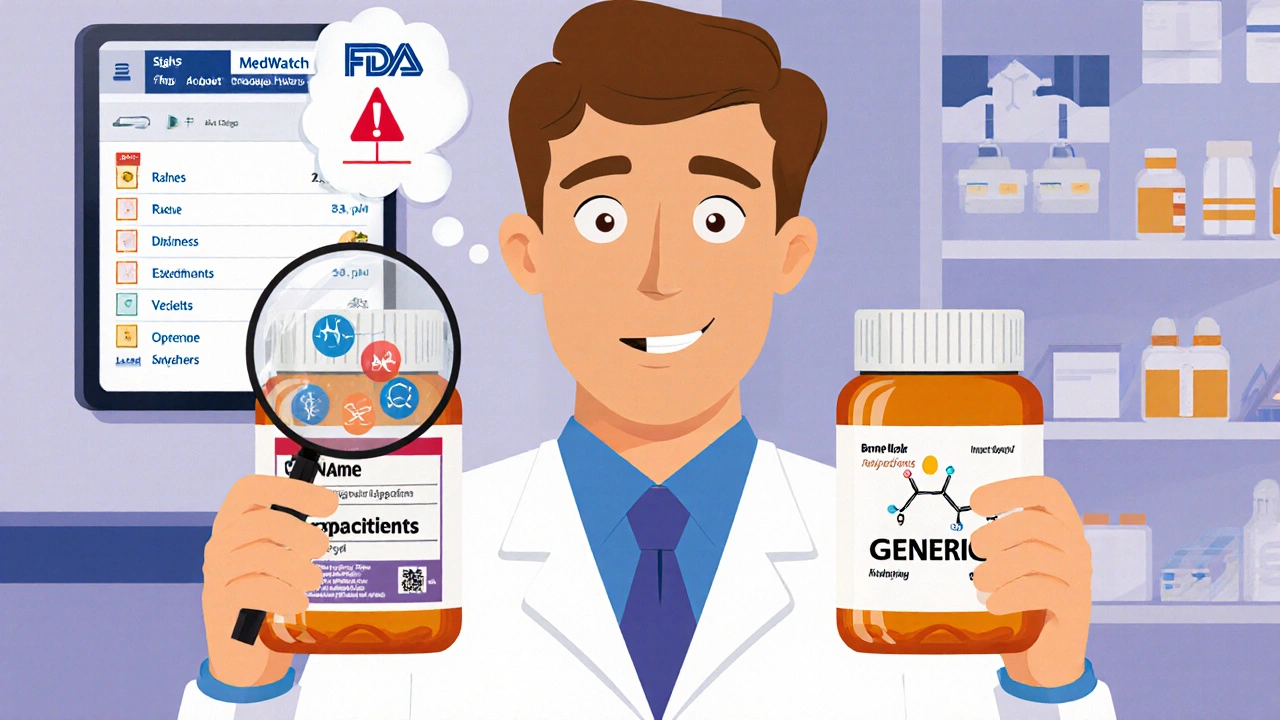

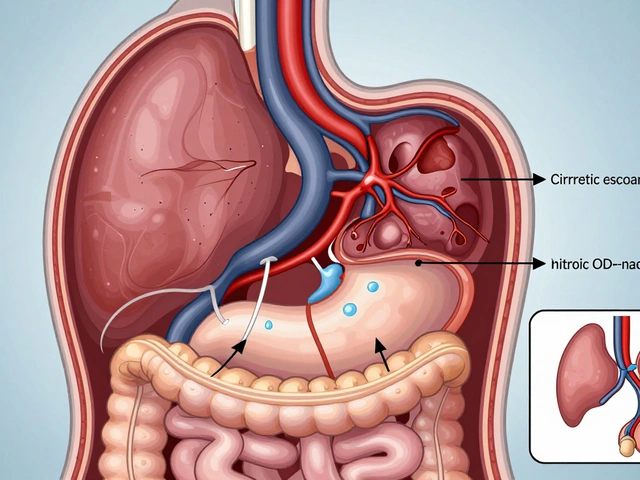
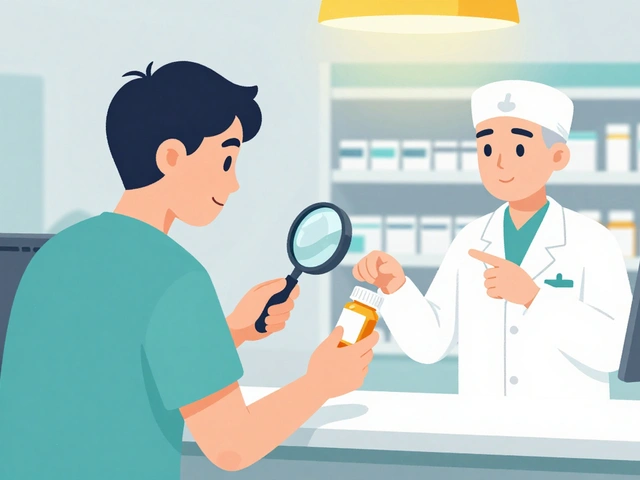
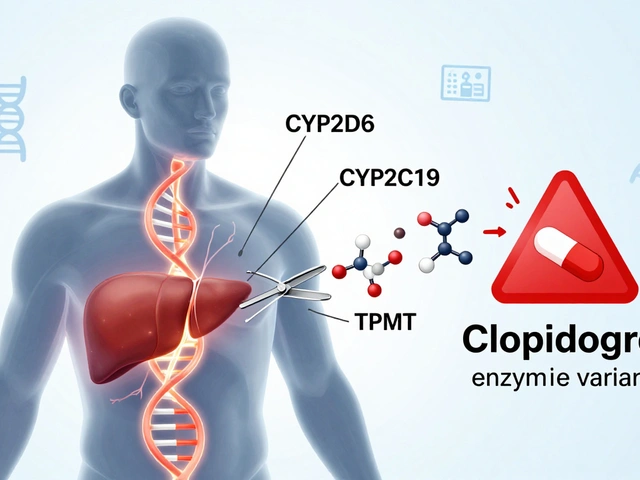
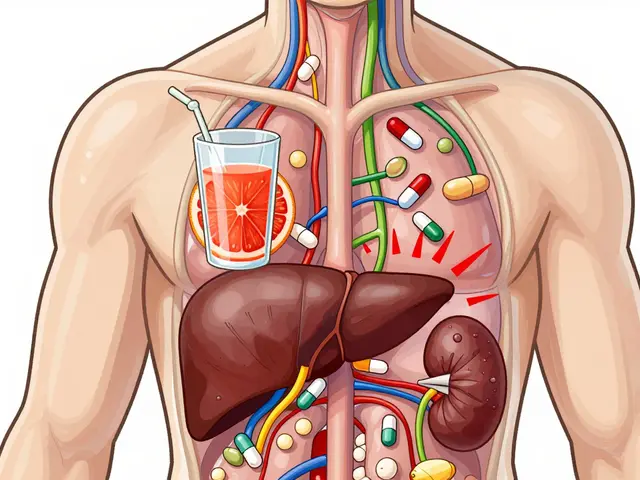
8 Comments
Melania Rubio Moreno
generic drugs rnt the same lol my aunt got hives from a generic omeprazole and the doc was like 'its the same chem' no it aint dumbass the filler is prob made from crushed dreams and regret
Gaurav Sharma
The pharmacological equivalence of generic medications is a regulatory illusion. The bioavailability variance, though within FDA thresholds, is statistically significant in subpopulations with polymorphic metabolic enzymes. Failure to report adverse events constitutes a dereliction of professional duty, and the current system is fundamentally flawed due to underreporting bias.
Sam HardcastleJIV
One cannot help but ponder the irony: we entrust our health to systems that rely on voluntary reporting by overworked professionals. Is this not a systemic failure dressed in white coats? The burden of vigilance should not rest solely on the pharmacist's shoulders, yet here we are.
Mira Adam
You people are still acting like this is some kind of surprise? The FDA lets generics be manufactured in the same factories as rat poison and calls it 'equivalent.' I’ve seen patients go into anaphylaxis from a generic that had a different dye. And now you want me to believe this is just about 'fillers'? Wake up. This is corporate greed with a pharmacy stamp on it.
archana das
In India, we see this every day. A patient takes a cheap generic and feels strange. They don’t know why. They just come to the pharmacy. We listen. We report. Not because the law says so, but because someone’s life matters. Small acts, big difference. One report at a time.
shawn monroe
I JUST REPORTED A CASE TODAY 😭😭😭 Patient switched to a generic metformin and started having night sweats and metallic taste - SAME ACTIVE INGREDIENT, DIFFERENT MANUFACTURER, DIFFERENT EXCIPIENT (MAGNESIUM STEARATE FROM A DIFFERENT SOURCE). I used MedWatch. Took 8 mins. Felt like a superhero. 🦸♂️💊 #PharmacistLife #ReportIt
marie HUREL
I think the real issue isn’t whether we report - it’s that we’re not given the tools to do it easily. I’ve seen pharmacists skip reporting because the system is clunky. If we had one-click reporting built into our workflow, I bet 90% of us would do it. Maybe we need to push for that instead of just blaming each other.
Lauren Zableckis
I’ve been a pharmacist for 17 years and have never filed a report. Not because I don’t care - because I don’t know how. The website is confusing, the forms are outdated, and no one ever trained me properly. This post should be mandatory reading for every pharmacy school. Please, someone make this easier.